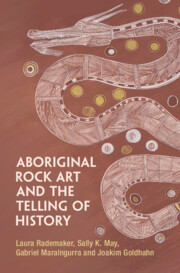This article is an exploration of how Christian influences manifested in Indigenous rock art, comparing two distinct case studies: western Arnhem Land in northern Australia and the southern Andes in north-central Chile. The analysis aims to understand the intersection between Indigenous artistic traditions and the introduction of Christianity through European colonization. Our comparative analysis reveals significant regional differences. In western Arnhem Land, the scarcity of Christian imagery suggests resistance to or avoidance of religious symbols, while in north-central Chile, the prevalence of Christian symbols indicates a more profound incorporation of Christianity into Indigenous artistic practices. These findings underscore the importance of considering local contexts and historical processes when examining the impact of colonization on Indigenous art. Understanding these differences provides valuable insights into the complex interactions between Indigenous cultures and European colonizers, revealing resistance and adaptation in the face of profound social and religious changes.
